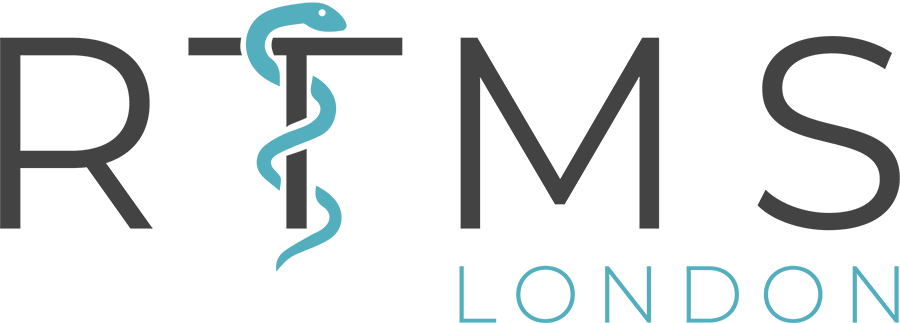Strokes, one of the top causes of death and disability worldwide, predominantly affect older and middle-aged individuals. However, younger populations are not immune, with an increasing incidence of stroke due to evolving lifestyle patterns. Mostly ischemic in nature, strokes come with a high rate of morbidity, disability, and mortality. As these numbers continue to surge, we’ve become more motivated than ever to find novel and effective therapies that can alleviate neurological dysfunction and elevate the quality of life for stroke survivors.
Enter Transcranial Magnetic Stimulation (TMS) – a groundbreaking, non-invasive neurostimulation technique that’s showing immense promise in protecting brain health post-stroke. A thorough review, aptly titled “Current evidence, clinical applications, and future directions of transcranial magnetic stimulation as a treatment for ischemic stroke”, shines a light on the immense potential of TMS as a therapeutic tool in the realm of stroke recovery.
TMS is as patient-friendly as it gets. Non-invasive, painless, and requiring only the patient’s wakefulness, it uses a coil placed on the cerebral cortex to generate a magnetic field. This field then induces a current that modulates brain activity, which can help improve an array of stroke-induced impairments like motor function, cognitive abilities, speech, swallowing, central post-stroke pain, spasticity, and more.
Our understanding of TMS and its effects is continuously evolving. The review delves into the mechanisms by which TMS can potentially enhance neurological function – promoting nerve cell growth, encouraging new blood vessel formation, reducing inflammation, countering oxidative stress, and inhibiting programmed cell death. It underscores the versatility of TMS in improving various neurological dysfunctions post-stroke, indicating its wide-ranging potential.
While TMS represents an exciting new frontier in stroke therapy, the most effective stimulation modality, frequency, site, and duration for promoting neural repair are subjects of ongoing exploration. Nevertheless, the benefits we’re seeing so far have been encouraging.
Finding the right stimulation site and timing is an ongoing challenge, with the primary motor cortex (M1) often chosen due to its central role in motor control and functional decision-making. As for the duration of TMS stimulation, it’s customized based on the disease stage and severity, patient’s tolerance level, and the specific treatment goals, ensuring that each treatment plan is personalized for the patient’s needs.
In conclusion, TMS is making waves in the world of stroke treatment. Its potential to drastically improve neurological function and enhance the quality of life for stroke survivors positions it as a powerful addition to our therapeutic toolbox. Though more research is underway to unlock its full potential, the current evidence already points towards TMS being a game-changer in clinical practice. As we strive to provide the best treatment for stroke, we’re proud to incorporate innovative, promising therapies like rTMS in our offerings.
For more details about TMS and its potential in stroke treatment, feel free to check out the original study our post is based on.
Posted on 2nd August 2023
